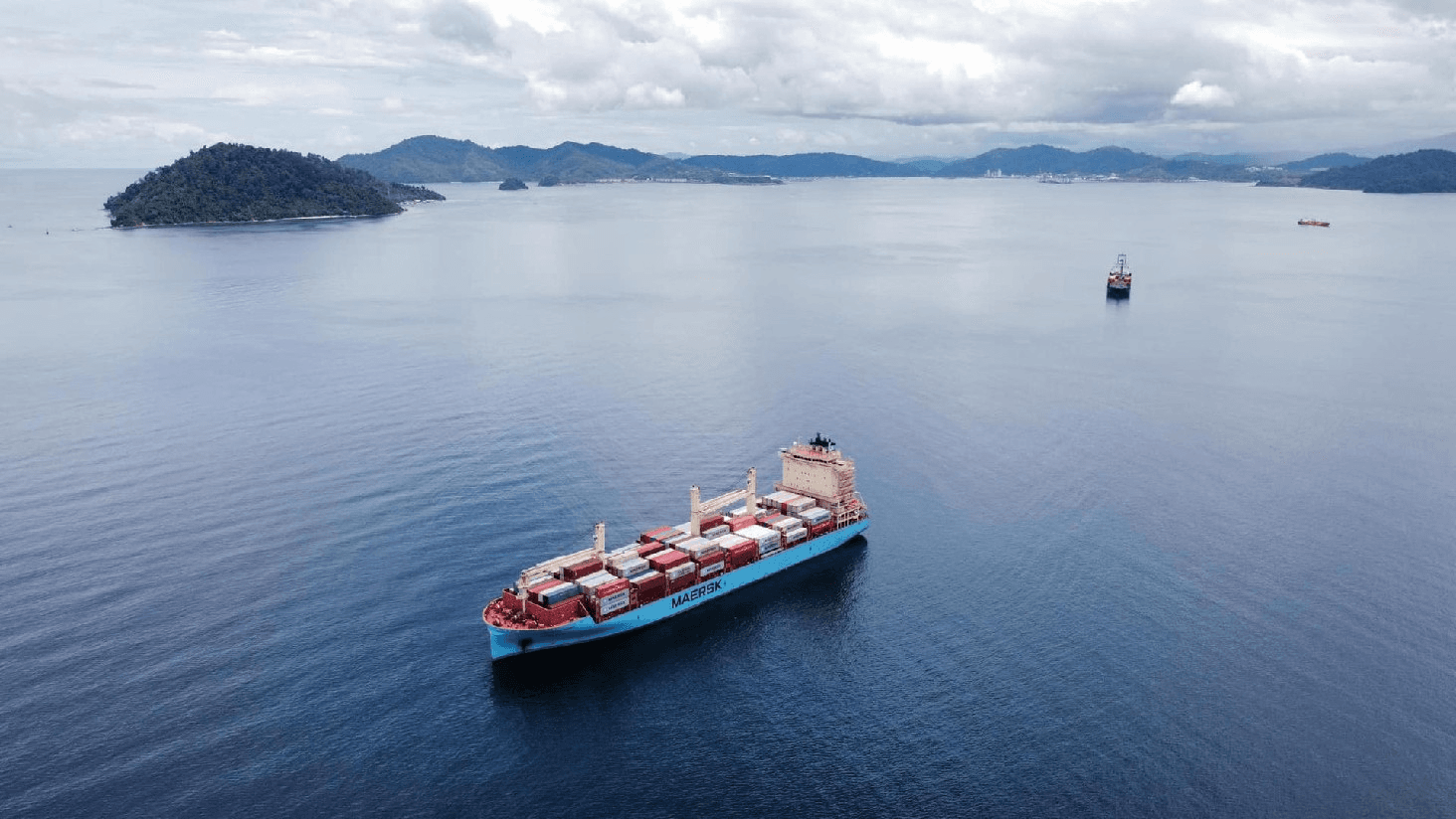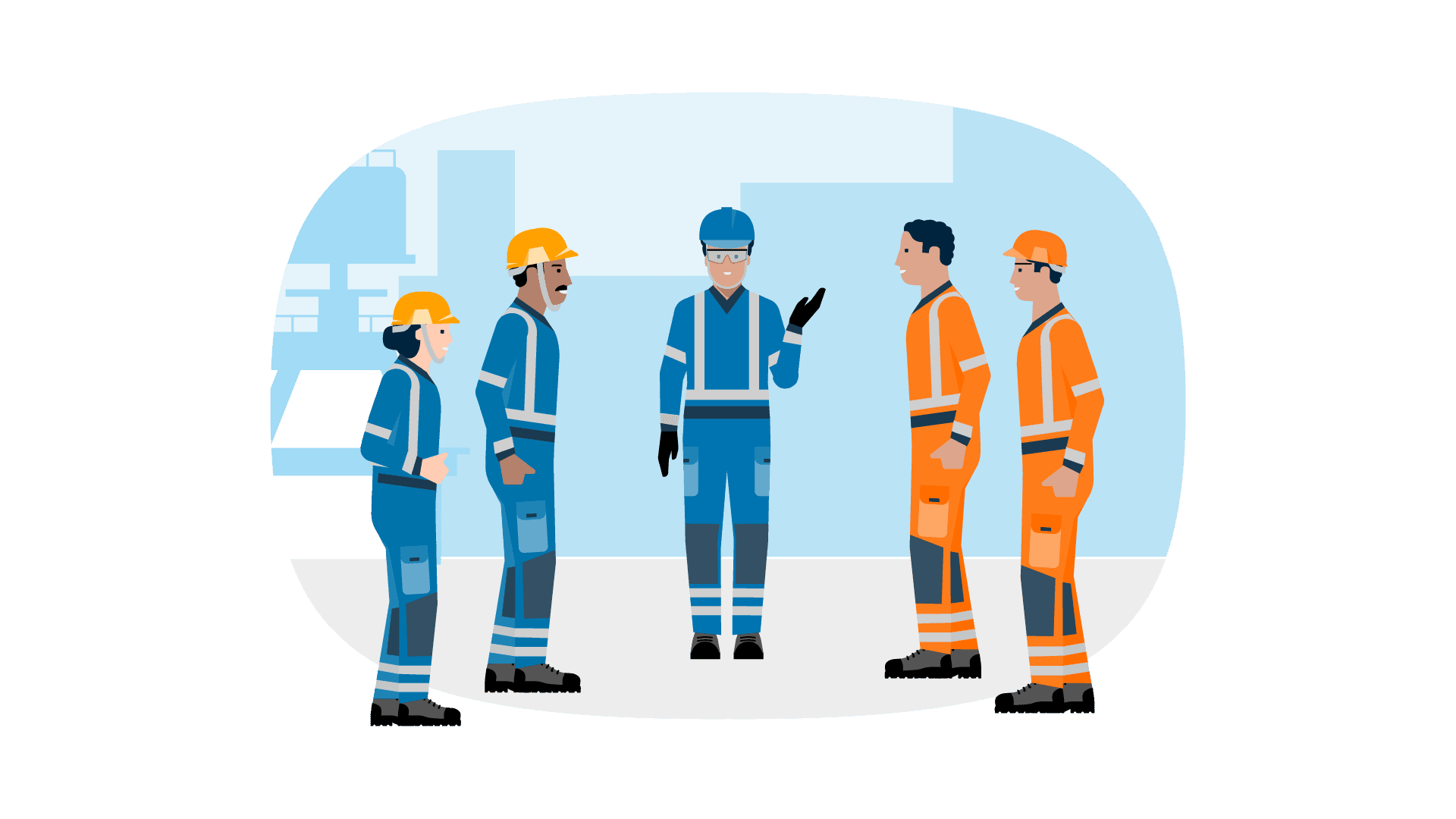Tackling seafarer exhaustion in the cruise industry: A dyadic approach for mitigating fatigue and burnout
June 2025

Dr Joanna-Eugenia Bakouni: We recently presented this topic at the 17th International Symposium on Maritime Health (ISMH17) in Rotterdam alongside my dear friend and industry colleague, Pam Kern.
The research gained a lot of interest from the audience, and we would like to share a short review of the research findings. We set out to demonstrate that fragmented, single-track solutions—especially those limited to psychoeducation—cannot, by themselves, stem the tide of exhaustion and burnout. The findings invite the wider maritime sector to rethink the “no-days-off” mindset and recognise that structured recovery is not a luxury cost, but a proven investment in wellbeing, service quality, and operational resilience.
Pam Kern: As a former seafarer who has personally lived through the exhaustion and emotional toll of life at sea, this research is my own journey. The realities outlined in this research mirror the very challenges that shaped my decision to transition ashore and pursue a master’s degree focusing on clinical mental health at sea. It was a commitment to becoming a part of the solution.
The dyadic approach, combining psychological interventions with structured physiological recovery validates what many of us have long felt but rarely had the language or platform to express: that chronic fatigue and burnout in the maritime industry are not personal weaknesses but systemic issues. This gives a voice to the lived experiences of countless crew members who function under relentless demands, often without reprieve or recognition of their human limits. I’m truly grateful to Joanna for her encouragement and partnership in helping bring this important work to light.
In many ways, this research represents a bridge: between sea and shore, between exhaustion and recovery, and between those still working on board and those of us now working to change the systems around them. My goal is to be part of that bridge, translating experience into empathy and insight into impact.

Introduction
Seafarers work for extended periods without days off, often leading to fatigue and burnout. This not only undermines their social, emotional, and physiological functioning (Wan et al., 2023) but also impacts team cohesion, safety, and service quality. The result is often “presenteeism”—being physically present but mentally and emotionally disengaged.
Despite its widespread effects, fatigue remains poorly addressed across the maritime sector. Existing practices often overlook the long-term cost of burnout, even as mounting evidence links fatigue to reduced cognitive performance, diminished engagement, and increased safety risks (Islam et al., 2022; Dohrmann, Herttua & Leppin, 2020).
In contrast, structured fatigue management has been shown to improve both wellbeing and productivity over long contract periods (Andrei et al., 2020). Our research tested a new approach—one that directly challenges the belief that days off are impractical. We implemented a dyadic model that combines both psychological and physiological interventions. The results demonstrate clear benefits for both crew and operations.
Materials and methods
The study was conducted across six cruise ships, focusing on 102 crew members from guest services. A quasi-experimental design was used, with three ships receiving the full programme and three serving as controls.
The psychological intervention focused on prevention. Crew received a 17-point positive psychology framework that included:
-
Psychoeducation workshops to raise awareness of stress and its effects.
-
Tools from Cognitive Behavioural Therapy (CBT) to help crew reframe negative thinking and develop healthier coping strategies.
Psychoeducation has been shown to improve treatment outcomes in stress-related conditions, including anxiety and depression (Dolan et al., 2021). In a high-demand setting like cruise hospitality, this type of mental health literacy is essential.
The physiological intervention addressed the need for recovery. Front-office crew were granted one full day off (24 hours) every 10 days. This time off was non-negotiable and was introduced with full support from senior management.
To measure impact, Maslach Burnout Inventory (MBI) was used1—a validated and reliable assessment scale that evaluates:
-
Exhaustion (mental and physical strain)
-
Cynicism (emotional detachment and disconnection from work)
-
Personal Efficacy (confidence and satisfaction in one’s performance)
Surveys were conducted at four points across three months. Ships were randomly assigned by the cruise company to receive or not receive the intervention.
Results
The ships that received the full intervention showed immediate and consistent improvements.
-
Exhaustion dropped from high to moderate on all three programme ships after just one month.
-
Cynicism also declined, with crew reporting a more positive outlook and improved engagement.
-
Professional efficacy rose steadily, reflecting a stronger sense of competence and value at work.
When the rest day intervention was temporarily suspended, fatigue levels rose again—confirming the direct link between structured rest and wellbeing. Once reinstated, crew returned to healthier levels across all three MBI dimensions.
By contrast, the control group showed no meaningful improvements over the same timeframe. On one control ship with stable conditions, fatigue metrics remained consistently high.
Participant feedback was overwhelmingly positive. 94% of crew rated the programme "excellent", citing improved energy, mood, and job satisfaction. Supervisors also noted fewer interpersonal conflicts and better team dynamics.
One vessel also recorded a 71% improvement in guest services ratings during the test period—suggesting that what’s good for crew wellbeing is also good for customer experience.

Recommendations for future research
This study focused on a specific segment—front-office cruise crew. Future work should test the approach across:
-
Cargo, offshore, and ferry operations
-
Broader roles including deck, engine, and catering departments
-
Longer durations, to measure sustainability over 6–12 months
-
Diverse cultural and demographic cohorts
Research should also explore cost-benefit implications. Demonstrating a clear return on investment could help accelerate industry-wide adoption.
Conclusion
When psychological support and structured rest are implemented together, the impact is clear: lower exhaustion, lower cynicism, and stronger performance. This dyadic approach targets both the person and their environment—addressing root causes rather than just symptoms.
Fatigue is not just a personal issue; it's an organisational one. By embedding prevention and recovery into everyday operations, we can foster a healthier, more resilient maritime workforce.
But systemic change takes more than evidence. It takes a shift in mindset.
The belief that “rest is a luxury” remains deeply embedded in parts of the industry. Crew wellbeing is still too often seen as secondary to operational efficiency. This cognitive dissonance holds us back—from innovation, from safety, and from sustainability.
We need to stop asking whether rest is feasible, and start asking: what’s the cost if we don’t?

References
1. Andrei D, Griffin M, Grech M, Neal A. How demands and resources impact chronic fatigue in the maritime industry. The mediating effect of acute fatigue, sleep quality and recovery. Safety Science 2020; 121, 362–372. 10.1016/j.ssci.2019.09.019.
2. Dohrmann S, Herttua K, Leppin A. Is physical and psychological work stress associated with fatigue in Danish ferry ship employees? International Maritime Health. 2020; 71: 46–55. 10.5603/IMH.2020.0011.
3. Dolan N, Simmonds‐Buckley M, Kellett S, et al. Effectiveness of stress control large group psychoeducation for anxiety and depression: Systematic Review and meta‐analysis. British Journal of Clinical Psychology. 2021; 60 (3): 375–399. doi:10.1111/bjc.12288.
4. Islam Ranakul, Ahmed Tamim, Ismail Mohammed et al. Relationship Between Fatigue and Work Performance of Malaysian Seafarers. 2022; 20, 6942–6957. 10.14704/nq.2022.20.6.NQ22700.
5. Maslach, C., Jackson, S. & Leiter, M. Maslach Burnout Inventory Manual (4rth Ed.). 2019. Mind Garden Inc.
6. Zheng Wan, Yati Liu, Yujie Jiang, et al., Burnout and work ability: A study on mental health of Chinese seafarers from the job demand resource model perspective, Ocean & Coastal Management, Volume 237, 2023,106517, ISSN 0964-5691, chttps://doi.org/10.1016/j.ocecoaman.2023.106517
1 The original scale manual indicates three dimensions: Emotional Exhaustion, Depersonalization and Achievement. The scale was later updated to the one used for the purposes of this research. To quote the updated version manual: “When developing the MBI-GS, the goal was to adapt the MBI to occupations that do not involve much direct personal contact with service recipients. Thus, burnout as measured by the MBI-GS shares many features with burnout as measured by the MBI-HSS, with the major difference being that the MBI-GS focuses on the performance of work in general regardless of the specific nature of that work. The MBI-GS defines burnout as a crisis in one's relationship with work, and does not specifically focus on one's relationships with people at work. As a result of this adaptation work, the three scales were modified in appropriate ways, and renamed as Exhaustion, Cynicism, and Professional Efficacy.” (Maslach et al., 2019)